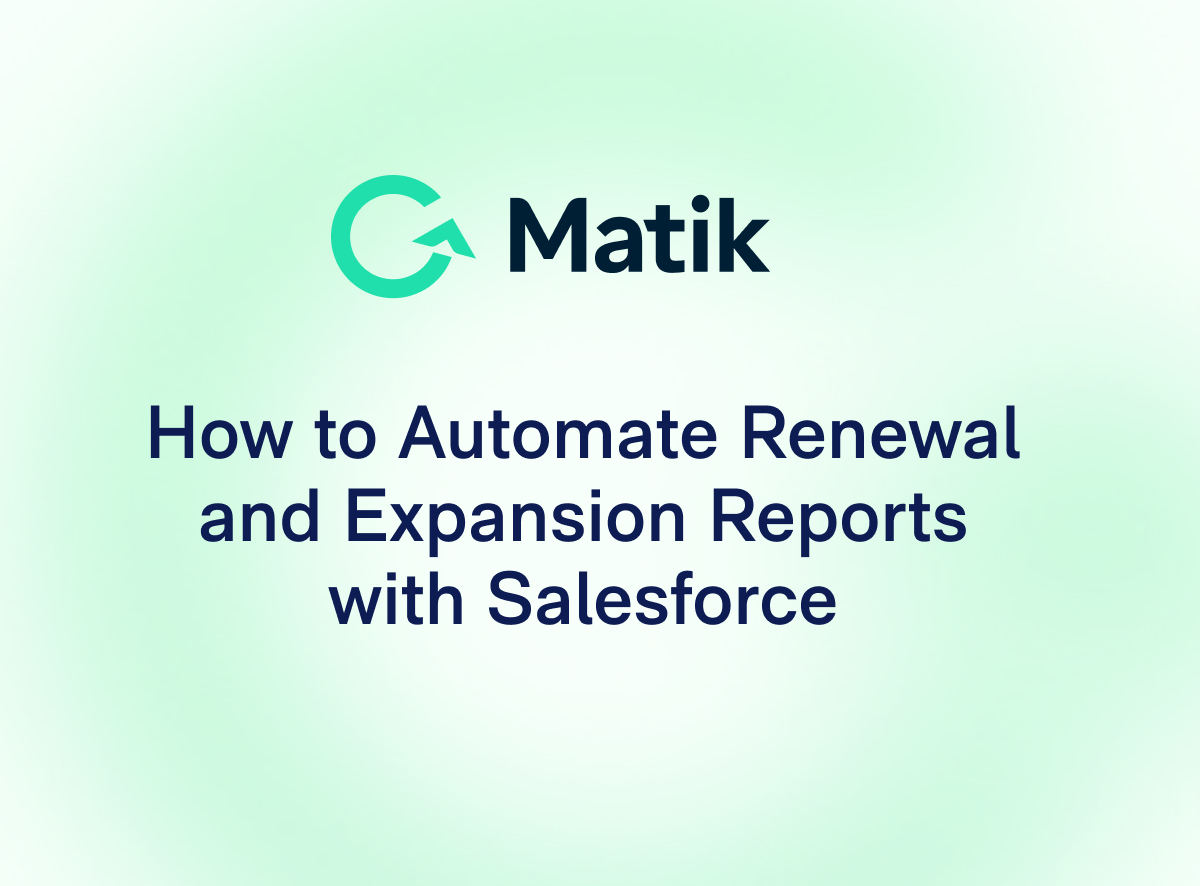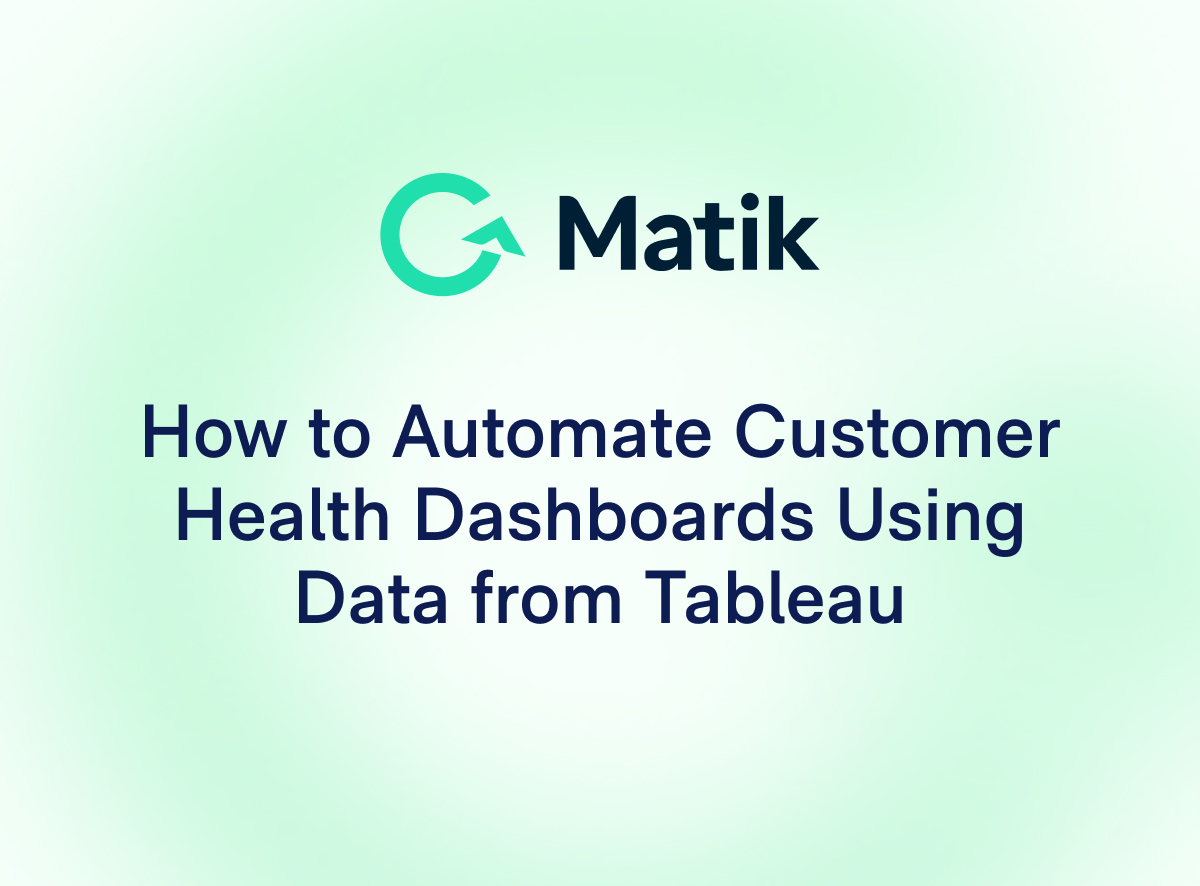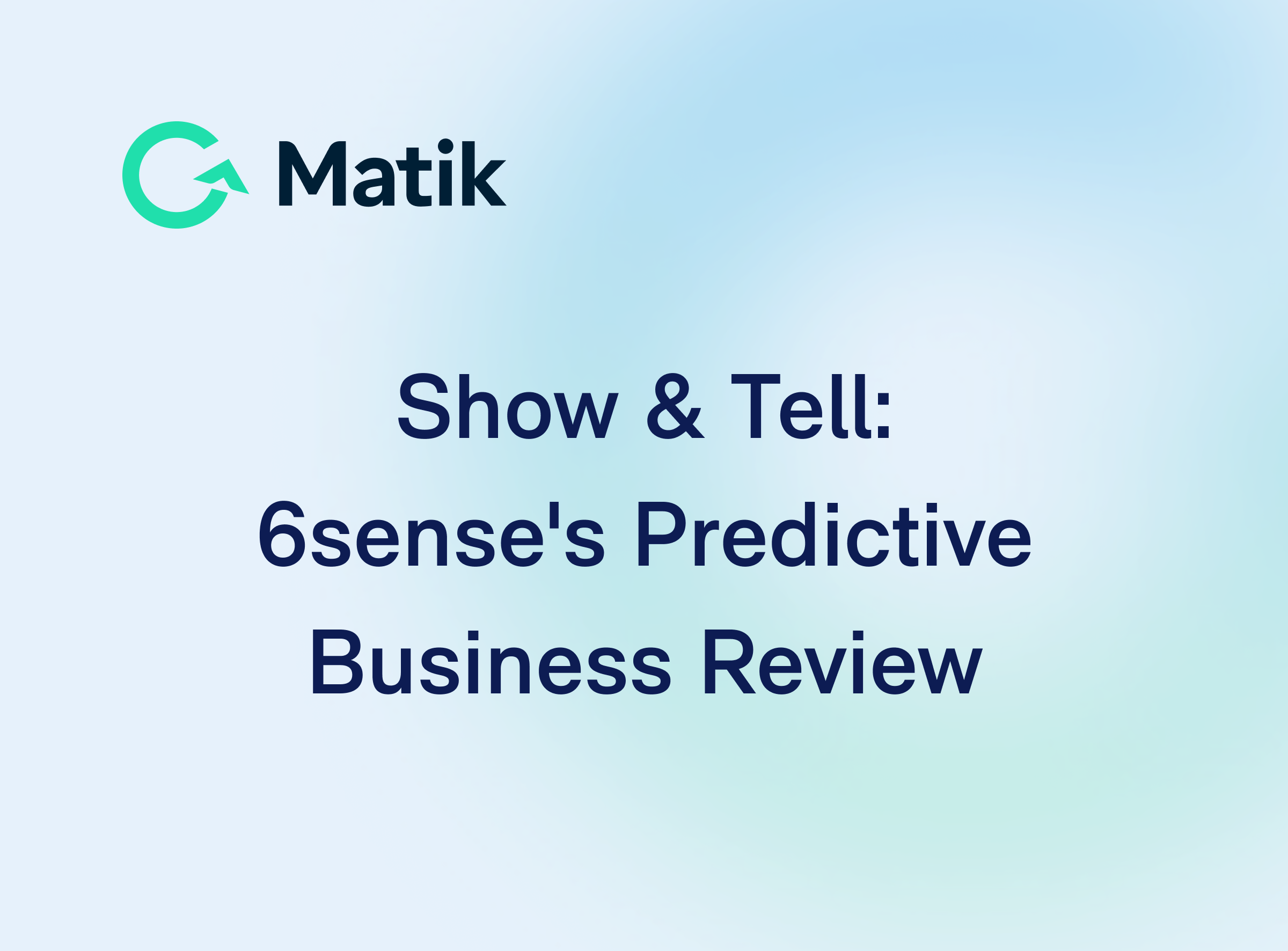Join Our Newsletter
Customer success managers: If you’re searching for a surefire way to make every single customer conversation more productive, credible, engaging, and worthwhile — what’s the number one thing that you should implement within these conversations? The answer is data-driven stories.
Data-driven stories should be the foundation of every customer conversation because they help to illustrate the value of a product in a digestible, tangible way. When a customer is able to visualize and comprehend the impact a product has had on their business, they’re much more likely to trust in your product. This can lead to a number of benefits: higher retention rates, greater customer loyalty, brand advocacy, and more.
Why data-driven storytelling works
One of the main benefits of using data-driven storytelling in customer conversations is that it's driven by concrete evidence to prove the value of a product. Instead of relying on vague statements about how a product can improve the customer's life or business, data-driven stories demonstrate progress toward a customer’s specific needs. From the very beginning of your relationship with the customer, you can start building this story by focusing on their main goals, objectives, and pain points — then add to it at different stages of the customer journey.
Customer conversations that are anchored with data-driven stories are also far more engaging because they tap into the power and impact of storytelling. A narrative that shows a customer’s starting point and the progress they’ve made, with data to support throughout, can help CSMs connect with customers on an emotional, human level. This transforms your product into an invaluable tool in your customer’s mind because they can see the tangible difference it has made in their day-to-day life.
Finally, data-driven stories build trust with customers because they help the customer recognize the impact of their investment in a reliable product. Share data that is clear and transparent (even when it isn’t favorable) to position yourself and your company as a trusted advisor, rather than just another vendor.
Data-driven storytelling in action
Let's say you work for a project management software company and you’re coming up on your first review with a top customer. You’re presenting to key decision makers and need to make a strong case for renewal. Before the customer started using the product, they told you they were unable to keep track of their clients' project deadlines and budgets over several different platforms, which led to frustration, missed deadlines, wasted time, and lost contracts.
In this conversation, here are some types of data you can build a story around:
- Percentage of projects completed on time and within budget before vs. after implementing your software
- Amount of time saved per employee, translated to money saved by calculating total hourly wages
- Increase in revenue for the marketing agency after implementing your software
- Increase in renewal rate since implementation
Presenting this data in a way that is visually interesting and digestible will make it easier for everyone in the room to quickly understand why your product is essential for their bottom line. Discover how real-world companies are streamlining their strategies for data-driven storytelling here, and learn how to create data-driven content in this eBook.
---
See Matik in Action—Request a Demo















